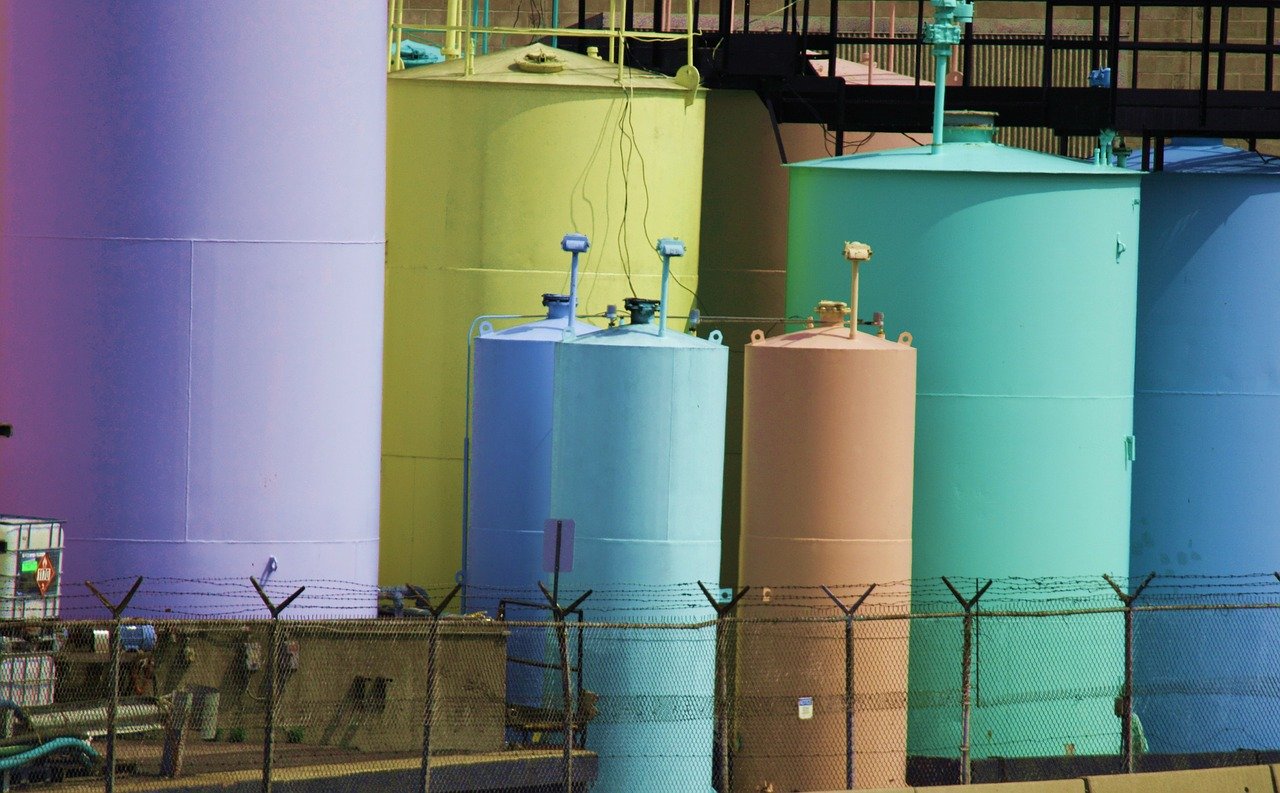
REGENERATIVE THERMAL OXIDISERS (RTOs) FOR THE CHEMICAL INDUSTRY
RTOs find increasing applications in the following industries:
· Oil & Gas
· Food processing
· Chemicals
· Printing and Publishing
· Paint booths
· Coating and paint production
· Petroleum and refineries
· Pharma
· Semi-conductor
Chemical manufacturing and processing industries the world over constantly face ever changing regulations for VOC and HAP emissions. The air containing these volatile organic compounds and hazardous air pollutants usually is released from storage vessels, process vents and fugitive releases. Fugitive releases are those emissions of gases or vapors from pressurized equipment due to leaks and other unintended or irregular releases of gases, mostly from industrial activities.
While considering various options available, the user may be at a loss to identify the correct choice from out of:
- thermal oxidation
- wet or semi dry scrubbing,
- bio filtration,
- condensation
- or a combination of these.
-
The choice of most chemical processing companies nowadays is restricted to thermal oxidation because of its singular advantages. However, even with this choice, there are still some options such as:
- Regenerative thermal oxidation
- Recuperative thermal oxidation
- Catalytic oxidation
- Direct fired thermal oxidation
Among the above choices, the Regenerative Thermal Oxidiser always gets the maximum support because:
- It regenerates thermal energy for destruction requiring very little or no fuel
- Its running costs are extremely low
- It is fully automatic
- Its emissions can meet any standards
- Additional air pollution control equipment can be retrofitted, if required
This compares very well with the other choices. Where the catalytic thermal oxidiser is not only very expensive to install but also expensive due to regular replacement of the catalyst, the recuperative thermal oxidiser is not as efficient. The direct fired thermal oxidiser has limitations with regard to fuel efficiency.
The Regenerative Thermal Oxidizer combines the air pollutants found in waste gas with oxygen and heat in a controlled atmosphere, where the VOCs and HAPs are converted to CO2 and H2O.
These harmless byproducts are released over a 2 or 3 bed honeycomb ceramic system that recovers, retains and releases the energy as per the control philosophy.
The volume flow of the waste gas with its constantly varying solvent types including hydrocarbons, acids, aldehydes, etc. might appear to complicate the issue, but the RTO, when designed properly adjusts itself to the varying flow rate as well as the solvent mixes and quantities. The more the VOCs, the merrier, because no additional fuel is required.
The result is 99%+ thermal destruction efficiency.
Haat`s RTOs are the choice of the chemical industry because:
- it is economical in capital cost
- it has very low or no running cost
- its design and performance are proven
- it is fully automatic
- it is used by customers across the globe
- its technology undergoes constant improvement with our Swiss partner`s involvement
If you do have a need for a Thermal Oxidiser, go for Haat’s Regenerative Thermal Oxidiser, which is available in a wide range.


